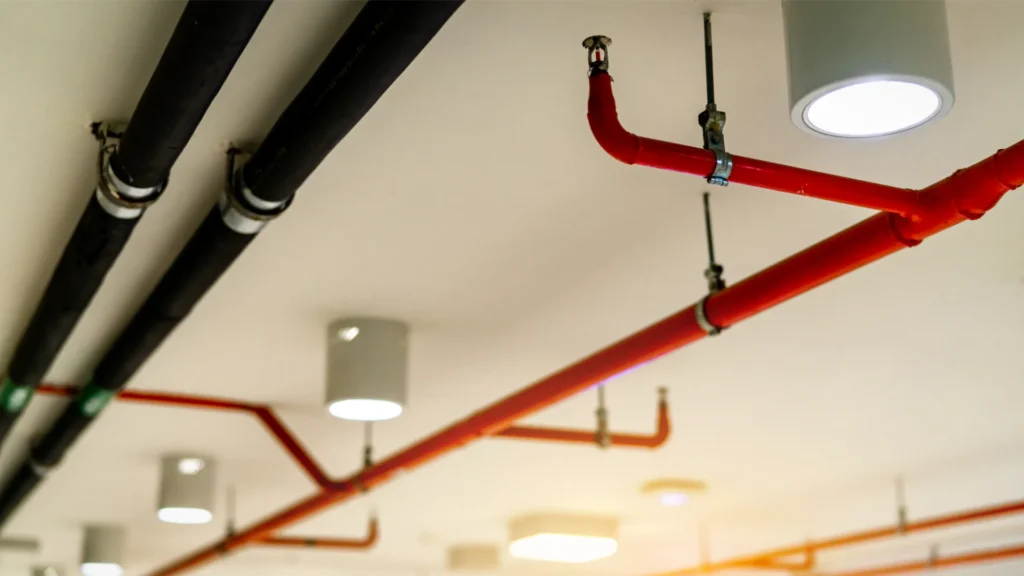Sydney fire safety is more than just a matter of checking off boxes. The Annual Fire Safety Statement, also known as AFSS, is at the heart of this system. The document not only satisfies all legal requirements but also demonstrates a homeowner’s commitment to safety and responsibilities. In conjunction with the Fire Safety Certificate, the AFS is the base of an organized system that guarantees the safety of occupants in buildings, reassures insurers, and gives councils confidence in the buildings that make up their city.
The reason why the annual Statement on Fire Safety is Needed?
The requirement for an annual Fire Safety Statement Sydney wasn’t designed as an exercise that could be done on paper. The requirement was developed because, no matter how good the fire protection system built, it will only work if it is regularly tested, maintained and certified. Although it may appear that a sprinkler system installed in the past 10 years is functioning well, but it won’t perform in an emergency situation because the system was not tested.

The AFSS demands that owners prove, once every twelve months, that all fire safety measures within their home, from alarms and hydrants, to lighting at the exits — still meet the requirements originally laid out in the Building Code of Australia (BCA). This is much more than a simple inspection. It’s a public statement that lives will be secured and that the structure is prepared to endure any emergency.
What’s the main difference between AFSS and Fire Safety Certificates?
The Fire Safety Certificate and the Annual Statement are frequently misunderstood by homeowners, but they have distinct functions. The certificate is issued when an important upgrade or new system is installed. The certificate confirms the new measures comply with the regulations prior to a building or tenancy can be used. The AFSS is, on the contrary on the other hand, is later. It’s a routine duty that ensures all systems meet specifications each year.
They create a protection cycle when they’re joined: the certifications verify that safety systems were correctly installed and the annual reports confirm that those systems are maintained over the lifetime of a structure. If either step is missed and the whole chain of protection could be at risk.
The responsibility of the owner of the building
The AFSS in New South Wales has a unique characteristic: it places all responsibility for this process onto the owner of the property. The AFSS is not any hierarchy of defects unlike other forms in which they could be classified as serious or minor. If even one measure fails then the entire document cannot be validly issued.
This means that owners must take an active role. To be able to meet deadlines, they have to plan inspections, hire certified professionals, schedule repairs, and submit documents to the council. For commercial landlords and strata committees, this responsibility also involves coordination with tenants, contractors, and insurers. While it can be challenging, the structure was created to ensure that safety would never be at risk.
The Impact of the Broader AFSS in Sydney
The AFSS goes beyond legal compliance. When considering renting space, tenants usually inquire about the current safety statement of the building. Insurance companies also often request copies prior to deciding their coverage. A regular fire safety report which is current can impact the value of a property as well as the confidence of tenants and insurance rates.
Councils can be reassured that the thousands of Sydney buildings are regularly monitored. Fire authorities can reduce the risk of fire by making sure that systems function in the event of a real emergency. In essence, the AFSS does not just focus on protecting individual buildings–it is about creating a safer city in general.
Conclusion: AFSS is a Standard of Trust
The requirement for an annual Fire Safety Declaration Sydney may appear as a bureaucratic obstacle but in reality, it’s an indicator of trust. It shows that fire safety cannot be an issue that is left to chance, and that the equipment is safe and that property owners are willing to take accountability for the health of the residents of their premises. It is a part of a process that validates the installation as well as the effectiveness of crucial security measures.
For property owners, the lesson is clear: the AFSS is more than an annual deadline. It’s a pledge to community trust security, accountability and safety. The AFSS is invaluable in Sydney’s rapidly growing urban landscape which has a lot of people relying on dependable and safe buildings.
